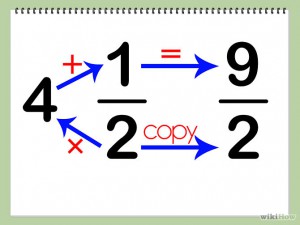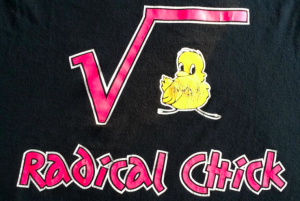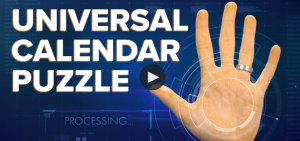01001101 01100001 01110100 01101000 00100000 01001101 01101001 01101110 01110101 01110100 01100101 01110011 00100000 01100001 01110010 01100101 00100000 01110010 01100101 01100001 01101100 01101100 01111001 00100000 01100011 01101111 01101111 01101100 00100001
No, I didn’t just type a bunch of random 0’s and 1’s above. I actually typed a sentence into a binary translator site and had it converted to binary. Our number system (Base 10), uses 10 digits…0, 1, 2, 3, 4, 5, 6, 7, 8, and 9. In the binary number system (Base 2), there are only 2 digits…0s and 1s. It’s a little confusing at first, but once you get the hang of it, it can actually be quite fun!
How can you spend your Math Minutes this week?
- Research the Binary Number System and post a comment about something new you learned. Your comment will not get approved and posted unless you cite the source of your information. Remember when posting a comment, type your first name, grade, and school (i.e. Tyler, 5, Sunset). Do not publish your email.
- Use the Binary Translator site to figure out what all those 1s and 0s up top mean. Then come up with your own sentence to translate to 1s and 0s and post it as a comment.
- Watch this video where Instagram’s Kevin Systrom explains how binary numbers play into pixels and images. There’s a LOT of information in this video and it goes fast. Feel free pause it, re-watch it, etc. Post a comment about something new you learned from the video. On a related note, this learning opportunity has you exploring Pixel Art in Hopscotch. Give it a try!
- This Khan Academy video gives an explanation of how to convert a Base 10 number to Binary (Base 2). Watch it and then create your own video using Explain Everything. Send your completed video to the EY Coordinator at your building.
There are 10 types of people in this world…
those who understand binary and those who don’t.
Hopefully after completing this Math Minute, you’ll “get” the joke! 🙂







